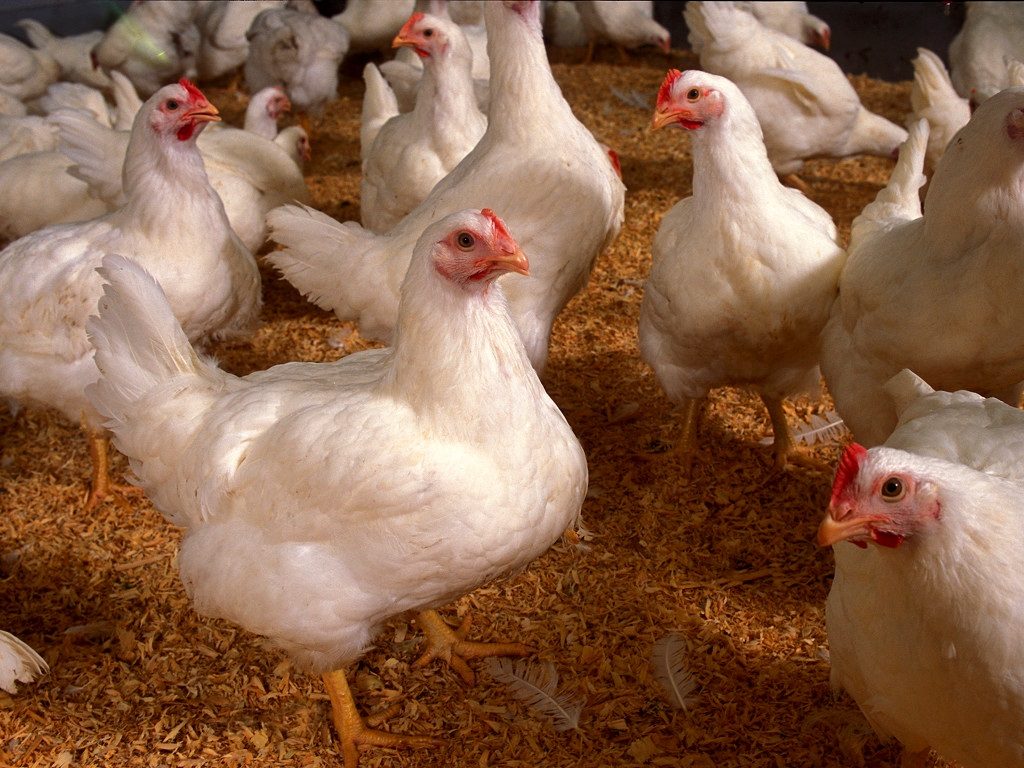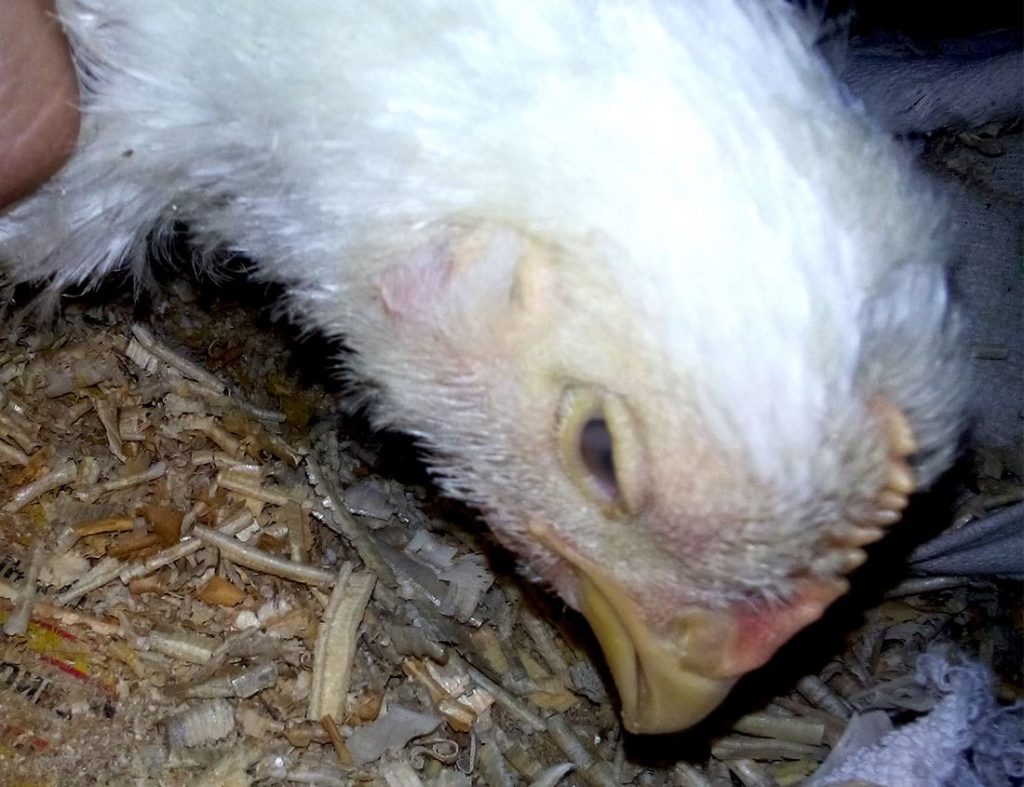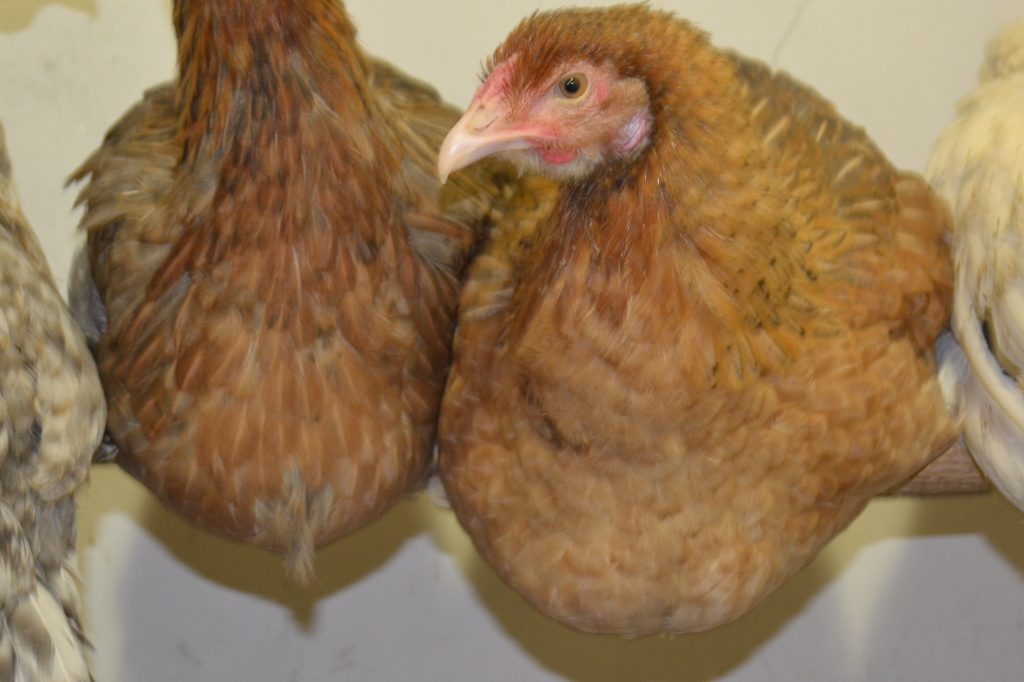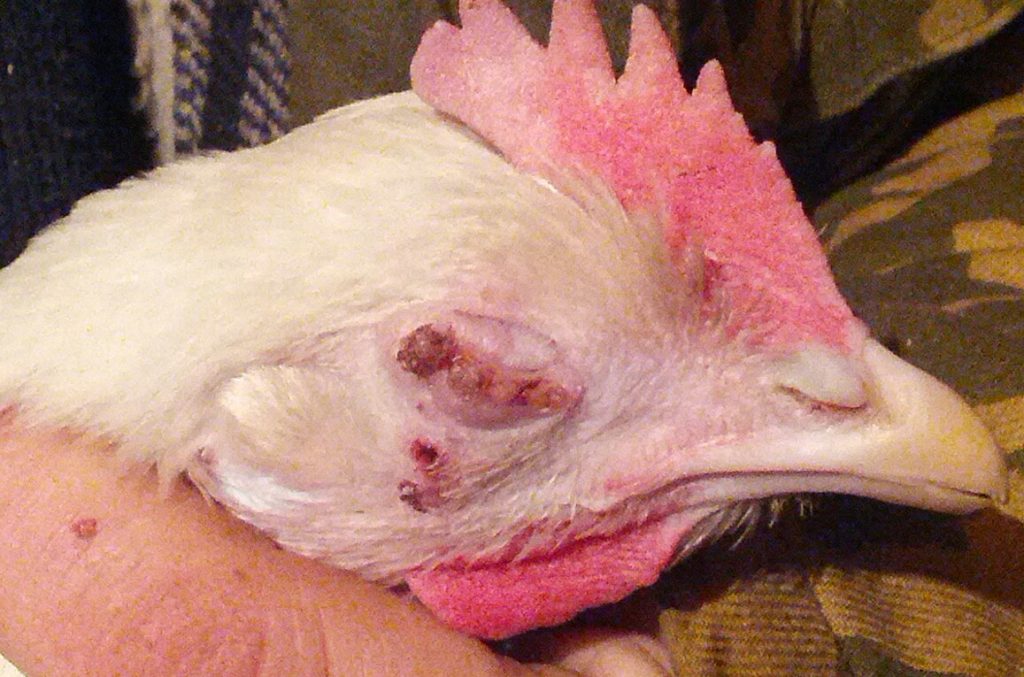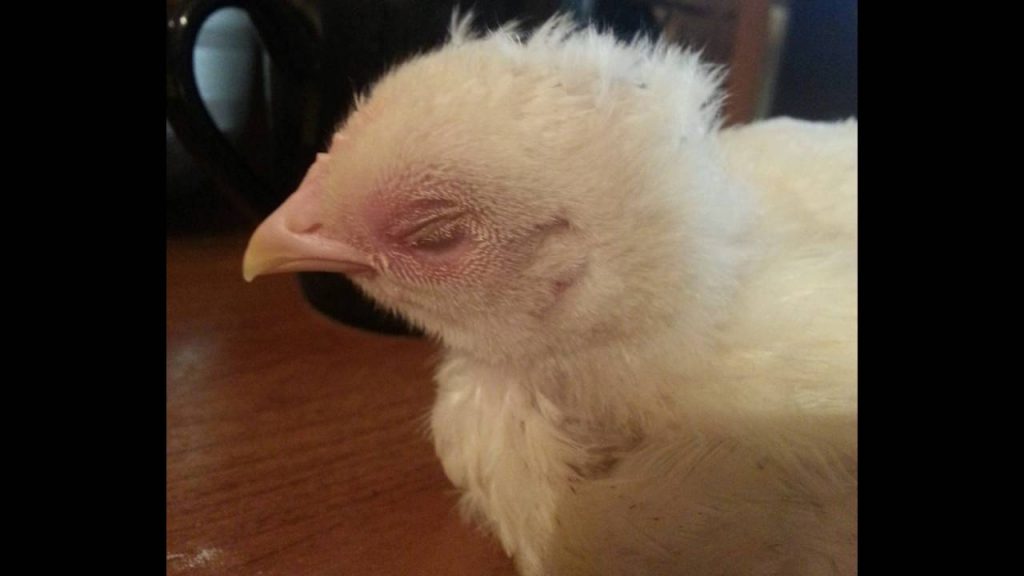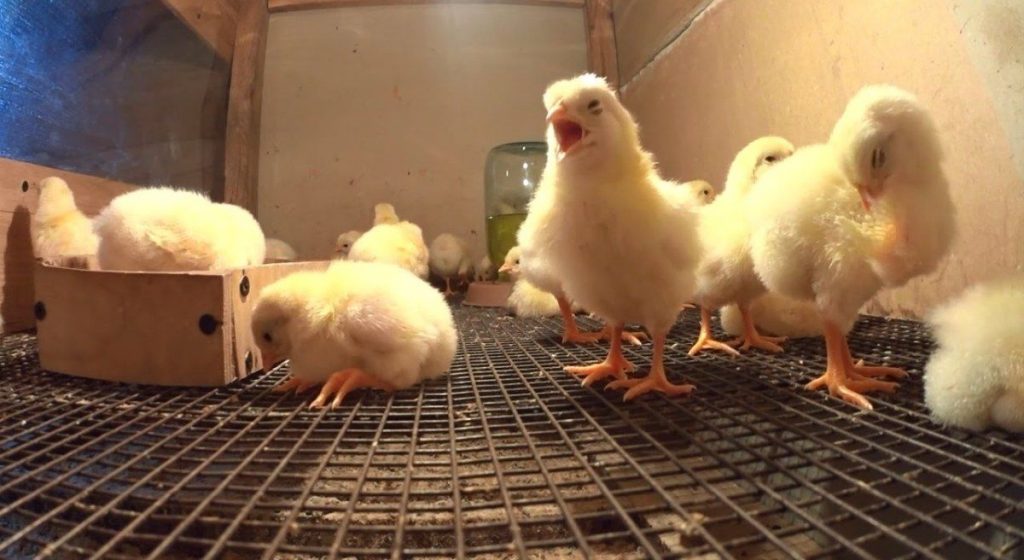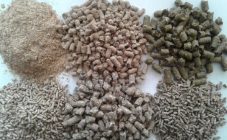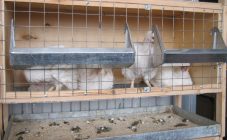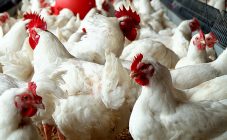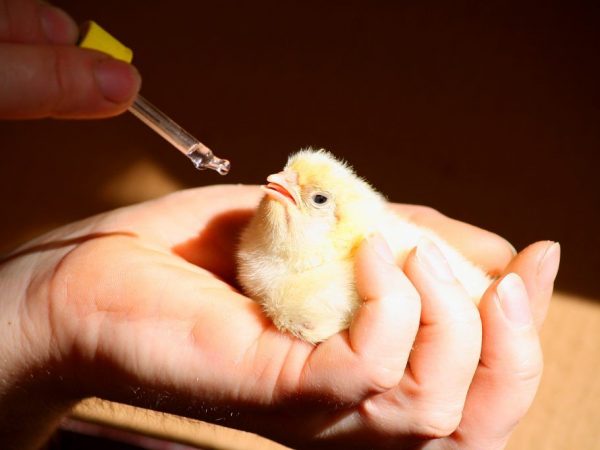Content:
If you have a desire to start breeding and raising broilers, you should take into account that the bird is susceptible to disease and immediately ask yourself how to treat broilers. Often, diseases progress during the first days of the birds' life until the chickens reach the age of one month. The first alarming symptom may be lethargic behavior, as well as apathy and decreased appetite. This may be temporary, but in some cases the chick's condition will worsen. Regular inspection of both the birds and the house should not be neglected. If diseases of broiler chickens are detected in a timely manner, complications can be avoided.
Broiler diseases and their treatment at home
Broilers are very demanding on feed and housing conditions. If you follow all the recommendations correctly, the result will be of high quality. The weight of chickens at birth is 42 grams, the increase per day reaches 60 grams, which ordinary layers cannot boast of, which add 20 grams per day. Feeding broilers lasts forty days, and their weight at the same time reaches at least 2.5 kilograms.
It is imperative to increase the brood temperature, usually it is 30-33 degrees, and also to ensure optimal air humidity - at least 70%. When the hens reach the age of one month, the temperature mark should be stable: about 20 degrees.
An important indicator of the health of day-old broilers is a full crop, which should be soft when palpated. This indicates that the chicken is full and healthy. Poultry farmers with experience and experience do not advise saving on feed for broilers. In order for the genetic potential of early maturing birds to be fully revealed, special complete feeds will be needed, which are sold in dry form. To avoid unnecessary waste, it is recommended to use special feeding containers that will not clog and get lost in the litter.
Why do broilers have ruffled feathers?
The key reason for ruffled feathers is that broilers do not have enough retinol, and the body's metabolism is disturbed. The onset of the disease is characterized by the fact that in chickens appetite worsens, behavior is passive, growth stops, and feathers become tousled. The digestive, nervous and respiratory systems are also affected by various diseases.
The feather cover may be disheveled due to vitamin deficiency. Twilight vision develops, which is popularly called night blindness. For prophylactic and therapeutic purposes, broilers must be fed with dry mixtures with carrots or grass flour, as well as feed mixture and special preparations.
Broilers sleep: how to treat
Excessive sleepiness in broilers is caused by a disease such as coccidiosis.Chickens can lower their wings, tails, they become sedentary and drowsy, their appetite disappears. Often there may be seizures and paralysis, and the droppings become thin, green or brown in color, with blood streaks. The mortality rate in coccidiosis is very high, sometimes reaching one hundred percent. Even if it is possible to eliminate constant drowsiness, the development and growth process in chicks is slowed down.
You can fight coccidiosis with medications such as Koktsidiovit or Baycox, which are added to food.
Why broilers have a bloated goiter
Craw swelling is very common in broiler rearing. The goiter can swell due to the chickens drinking poor-quality water, too hot or cold feed, as well as swallowing various garbage. Initially, the goiter of the chicken gradually becomes inflamed, and the reason for this is the use of moldy, rotten or sour food.
Symptoms are as follows:
- appetite decreases, chickens refuse to feed;
- the goiter swells and grows in size;
- plumage becomes disheveled.
To eliminate this ailment, it is recommended to use exclusively high-quality water and feed when feeding chickens. Be sure to drink the chickens with an astringent and disinfectant made from hydrochloric acid, formalin, lactic acid and potassium permanganate.
Why broilers have swollen eyes
Eye swelling can manifest itself for several reasons, ranging from injury to infection. Due to mechanical damage, the ingress of small objects and insects, the bird's eyeball becomes inflamed and swollen. But this is not such a terrible reason as various diseases of the organs of vision.
As for infectious diseases that cause eye swelling, they require immediate isolation of sick birds. Emergency preventive measures must be taken immediately. A swelling of the eye is accompanied by edema, sticking of one or two eyes at once, suppuration, tearing and redness. If the tumor is ignored and left untreated, the chicken will go blind.
Why broilers go blind and have light scallops
A common reason chickens go blind is salmonellosis, a disease called chicken typhus or pullorosis. The disease is caused by the bacterium salmonella, which is dangerous not only to animals, but also to humans.
The symptomatic picture of the disease is represented by the following signs:
- lethargy;
- inflammation of the joints;
- decreased vision in birds;
- the droppings become orange and green, streaked with blood.
Salmonellosis can only be detected by bacteriological examination of the droppings; in certain situations, blood, internal organs of dead birds or eggs are also examined. Prevention and treatment is carried out with antibiotics.
As for the pale color of the chicken scallop, this phenomenon is manifested due to the unbalanced nutrition of the broiler, perhaps the birds lack vitamins and minerals. The whitish color of the comb may indicate ascariasis, and if the comb is still dry and wrinkled, this indicates tuberculosis or leukemia.
Why chickens are constipated and often open their beaks
Constipation in chickens is provoked by stomach atrophy, which is caused by an insufficient amount of grass and gravel, as well as flour food. At the same time, chickens suffer from constant thirst and hunger due to the fact that they are dramatically losing weight. Due to a sedentary lifestyle and high-calorie nutrition, broilers may also experience constipation, and the presence of parasites such as ascaris and helminths in the body can aggravate the situation several times.
If chicks often have beak openings, laryngotracheitis is a possible cause.The disease occurs in both chronic and acute forms, it can be:
- Conjunctival.
- Atypical.
- Laryngo-tracheal.
Sick birds are inactive and lethargic. They often yawn, close their eyes, wheeze and sneeze, and can often open their beaks. Chicks can hide in a corner and lie there for several hours.
Broilers vomit, no appetite, and wings fall
Loss of wings, loss of appetite and vomiting in chickens are typical signs of poisoning. Perhaps they were given poor-quality food, they ate a poisonous plant or mushroom. Excessive pollution of the chicken coop and insufficient ventilation also sometimes lead to intoxication of the body or even death of the bird.
Diseases of broiler chickens are varied, having noticed the first symptoms, measures should be taken as soon as possible.
Symptoms and treatment of broiler diseases
Colibacillosis is an extremely dangerous disease that affects both young and adult individuals. With this ailment, broilers have absolutely no appetite, the work of the digestive tract is upset and the body temperature is increased. You can eliminate the disease with the help of antibiotics - biomycin, chloramphenicol and terramycin, which must be added to dry food.
Among adult birds, there is an ailment such as Marek's disease in broilers, which begins with damage to the eyes and nervous system. The main symptoms of the disease include:
- pale color of the mucous membrane;
- broilers limp when walking, as their legs hurt;
- the pupil and iris of the eye are modified, which leads to complete blindness.
After discovering such a dangerous and serious disease, there is no need to try to cure it with medicines, because it cannot be treated. The bird is recommended to be slaughtered immediately.
In Gumborough disease, Cobb 500 broilers become susceptible to pathogens, their plumage becomes disheveled, and they suffer from dehydration, diarrhea and chills. In most cases, coordination is impaired and white diarrhea appears. The illness lasts for three days. It does not respond to treatment, it can only be prevented by vaccination.
Candidiasis is caused by yeast-like fungi that reproduce by budding. Symptoms appear 2 weeks after infection, chicks become depressed and lethargic. Chickens stop walking, become exhausted and often gather in groups. In adults, the temperature rises, they begin to limp and lose feathers. The disease is treatable only at the initial stage with Baytril medicine.
Bronchopneumonia is a danger only for chickens that are less than 2 weeks old. It occurs most often due to hypothermia of the body, and the main symptoms include fever, wheezing and coughing, rhinitis and lack of appetite. In diseased chicks, the neck is stretched forward, they are exhausted and look lethargic. Development of pulmonary edema and ascites is not excluded. In the treatment of bronchopneumonia, drugs such as Syntomycin, Gentamicin and Syntomycin are used.
Prevention of possible diseases
The large concentration of birds and the rapid change of generations entails a variety of infections. One of the important preventive measures is the disinfection of drinkers, feeders and equipment; they must be thoroughly washed and treated with special solutions.
The premises need to be regularly ventilated, whitewashed and dried.Separate attention should be paid to the quality of feed. Sour, frozen and moldy food is excluded. It is necessary to periodically make liquid feed additives and monitor the quality of the water that is given to the chicks. It is imperative to provide the chicks with the correct lighting, temperature and ventilation.
Experienced poultry farmers recommend, before starting to raise birds, to study what diseases of broiler chickens exist, their symptoms and treatment. This will help raise healthy youngsters.
